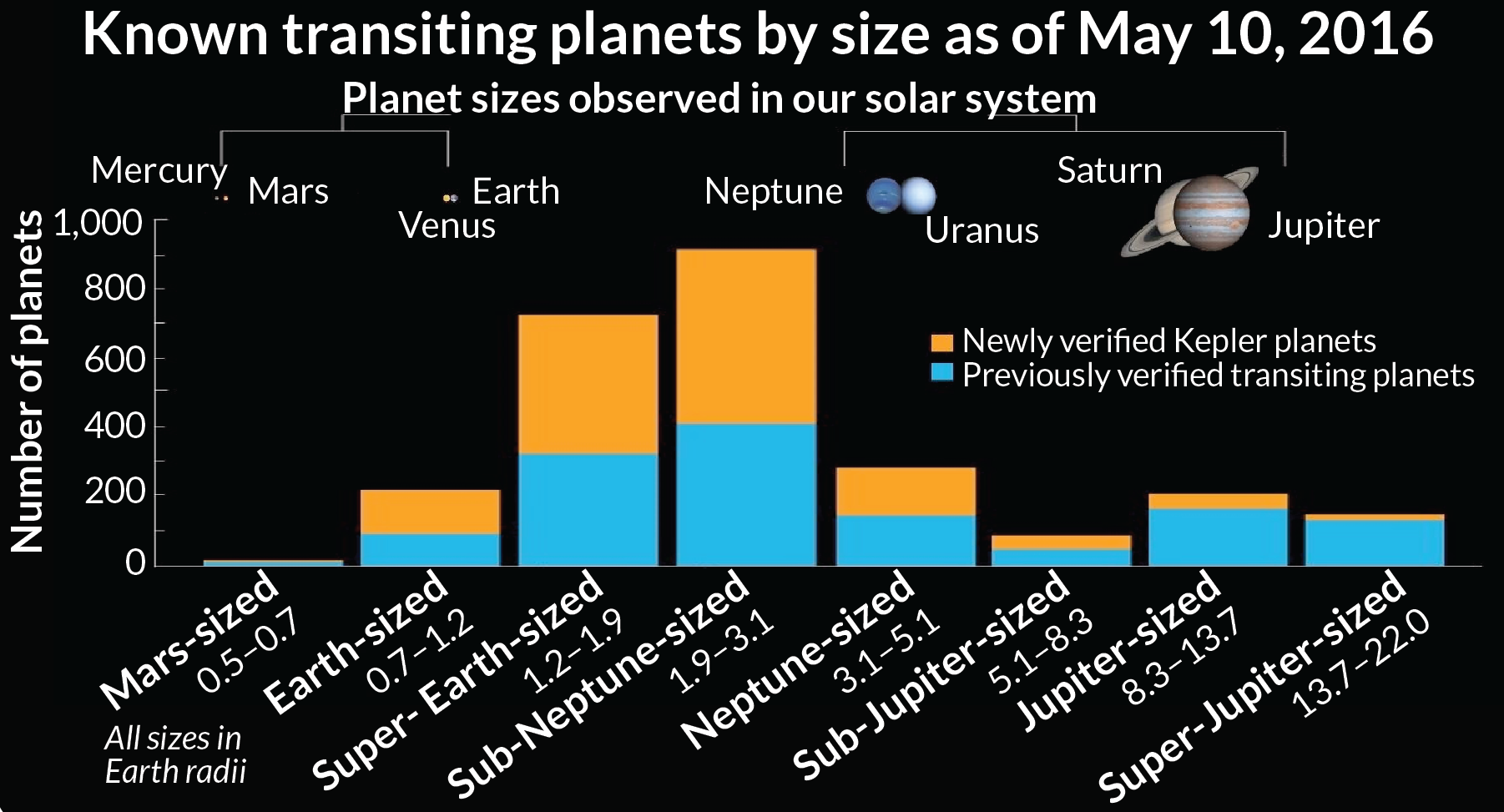
But if confirmed, they will have a dramatic impact on our understanding of both how planets form, but also our estimates of just how many might be lurking in the vast dark between stars. Population growth, global climate change, and maintaining sustainability of. Speculation about rogue planets has existed for decades, and while we’re getting closer to definitively saying that they do exist, these microlensing events are only tentative proof. Kepler is a space telescope that searches Sun-like stars for planets. Not only is Nancy Grace specifically designed to detect rogue planets using the technique in the paper (and which Kepler was very clearly not designed for), there is an ESA mission called Euclid, that will hopefully launch sometime next year, which is also tailored to search for microlensing events. AJ 162, 259 doi: 10.Most likely, these new potential rogue planets will be the beginning of a wave of new discoveries. A Uniform Planet Sample for Campaigns 1-8 and 10-18. Tantalizing evidence has been uncovered for a mysterious population of free-floating planets, planets that may be alone in deep space, unbound to any host star. Pluto is the only solar system planet not yet. Kepler telescope glimpses population of free-floating planets. The team’s paper was published in the Astronomical Journal. This historic new look at Pluto helps pave the way for a proposed Pluto flyby mission early in the next century. “The discovery of each new world provides a unique glimpse into the physics that play a role in planet formation.”

“We cannot yet explain why it occurred there, but that makes the finding especially useful because it could help scientists form a more accurate understanding of the parameters for how planets and planetary systems develop,” Dr. The discovery of the planetary system with two gas giant planets was also significant because it’s rare to find gas giants - like Saturn in our own Solar System - as close to their host star as they were in this case. “We need to look at a wide range of stars, not just ones like our Sun, to understand that.”

Jon Zink, a postdoctoral researcher in the Department of Physics and Astronomy at the University of California, Los Angeles. “The findings could be a significant step toward helping astronomers understand which types of stars are most likely to have planets orbiting them and what that indicates about the building blocks needed for successful planet formation,” said Dr. In recent years, the number of new Kepler planet discoveries has been declining, largely due to the fact that the telescope is running out of fuel and is no longer able. In addition to the 366 new planet candidates, the catalog lists 381 other planets that had been previously identified. As of October 2017, the Kepler space telescope has discovered 2,341 confirmed planets outside our solar system, most of which were found in the first four years of the mission.

In the study, they analyzed the entire dataset from the Kepler/K2 mission - about 500 terabytes of data encompassing more than 800 million images of stars - to create a catalog that will soon be incorporated into NASA’s master exoplanet archive. The planet detection algorithm developed by Professor Petigura and colleagues is able to separate which signals indicate planets and which are merely noise.

Teasing out which ones are which requires extra investigation, which traditionally has been extremely time consuming and can only be accomplished through visual inspection. One challenge in identifying new planets is that reductions in staller brightness may originate from the instrument or from an alternative astrophysical source that mimics a planetary signature. “Discovering hundreds of new exoplanets is a significant accomplishment by itself, but what sets this work apart is how it will illuminate features of the exoplanet population as a whole,” said Professor Erik Petigura, an astronomer in the Department of Physics and Astronomy at the University of California, Los Angeles. An artist’s conception of the HR 858 planetary system.


 0 kommentar(er)
0 kommentar(er)
